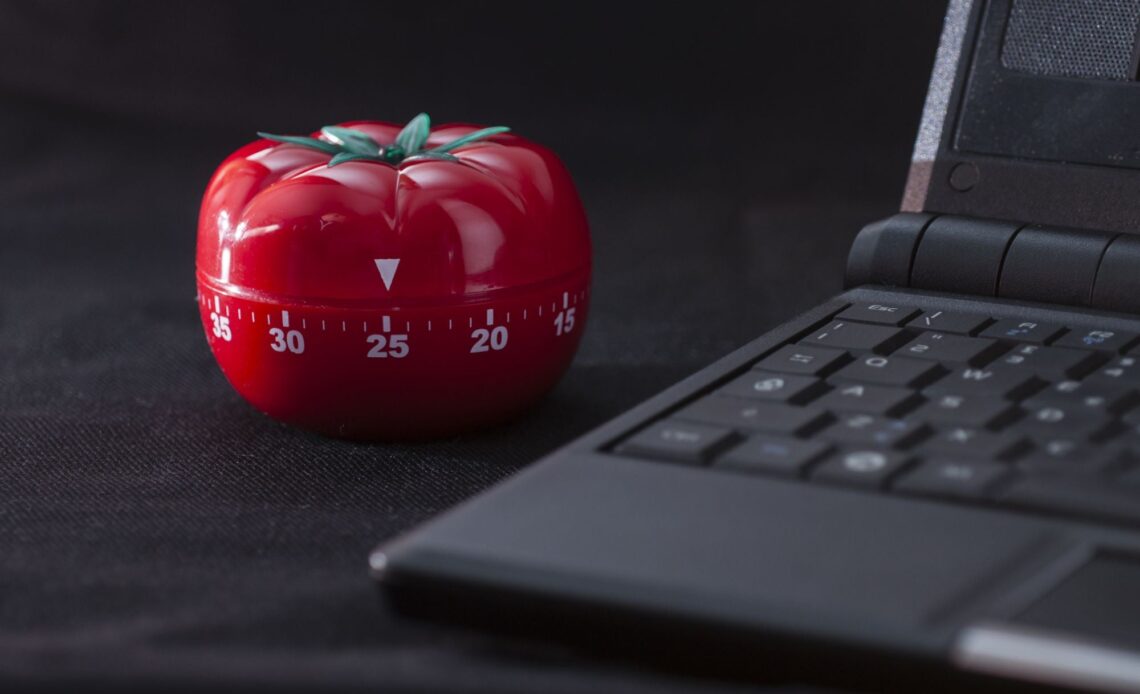
What is Pomodoro? Well, if you ask an Italian or person who speaks the Italian language, they will say tomato, and they are right on the button. The Pomodoro Technique was invented in the late 1980s by then university student Francesco Cirillo. The technique to break work into 25-minute intervals was named Pomodoro because he used a tomato-shaped kitchen timer to measure his 25-minute sessions.
What is it and how it works?
The Pomodoro Technique is a time-management method which can help you stay focused through distractions and keep you mentally fresh to finish off your work on time without much hustle. The technique was developed by Francesco Cirillo when he was struggling to focus on his studies and when he decided to concentrate on his studies for just 10 minutes by setting a timer with a tomato-shaped kitchen timer.
Currently, it is one of the world’s most famous time management techniques as it helps you stay on top of deadlines by training your brain to focus for short periods. The technique keeps you consistently productive, but at the same time, it allows you to take a rest in between, which also includes longer breaks. Let’s take a look at how it works in the real world, of course, not with the timer as we’re breathing through apps.

- Download and install any Pomodoro app (for ex., Focus To-Do: Pomodoro & Tasks) or open a Pomodoro timer website like pomofocus.io / pomodor.app
- Break down your work, create a to-do list and decide how many Pomodoros you might need to finish off the task?
- Set a timer for 25 minutes and start working on your project/assignment until the timer rings
- As soon as the timer rings, write what you’ve worked in those 25 minutes and take a short break of 5 minutes
- Enjoy your break and come back to set a new pomodoro of 25 minutes. Follow the same method for 4-times and take a longer break of 15-20 minutes.
Notes:
- Even if you’re done with your set tasks before the time, dont use the rest of the time as breaks. Instead, spend it on learning, improving skills and knowledge.
- Don’t forget to turn off distractions like checking social media apps, incoming emails, team chats, or WhatsApp messages.

